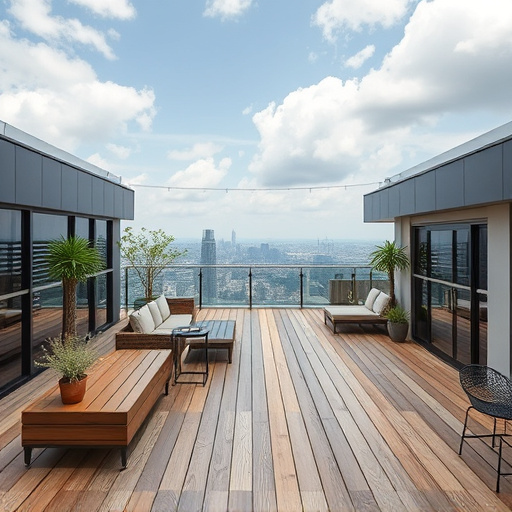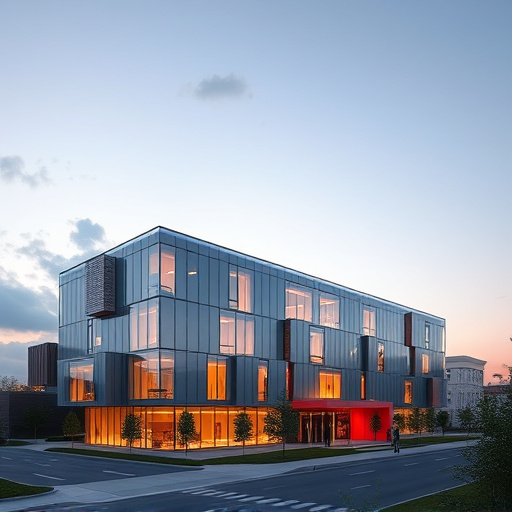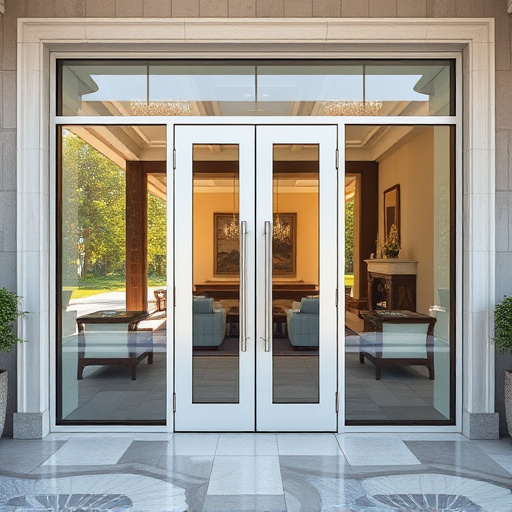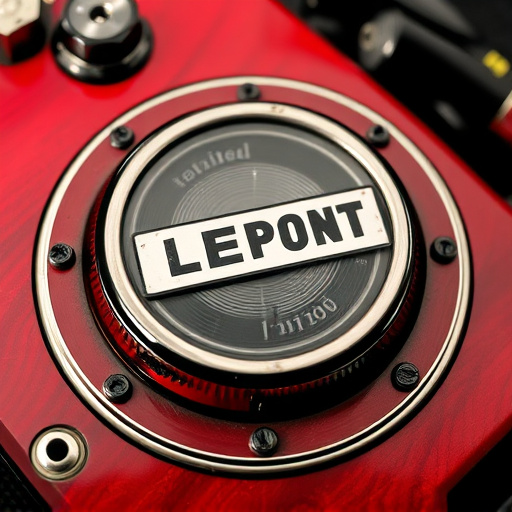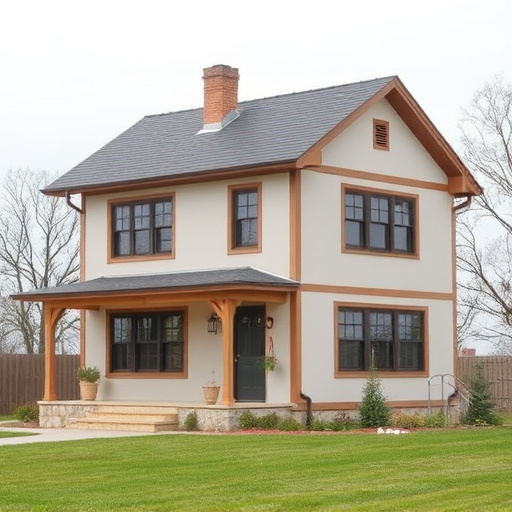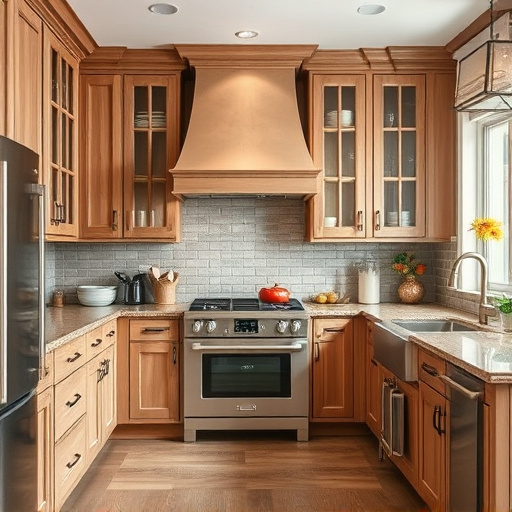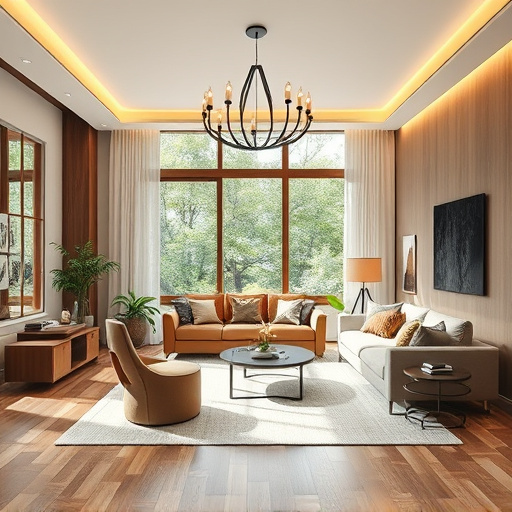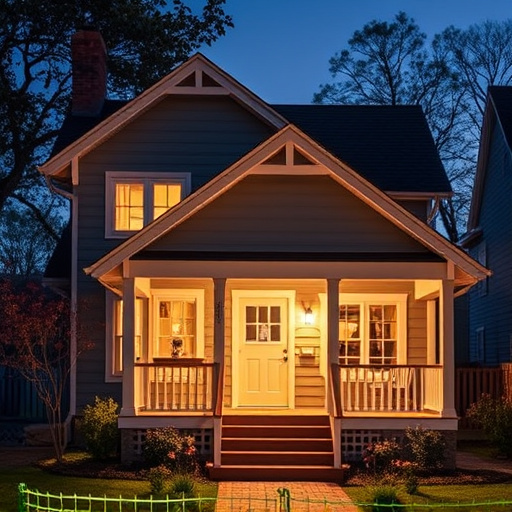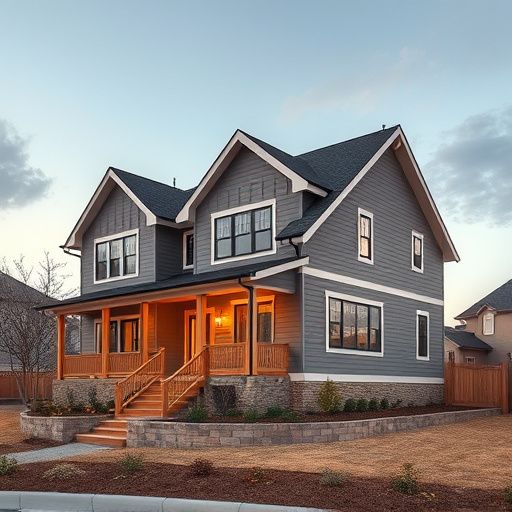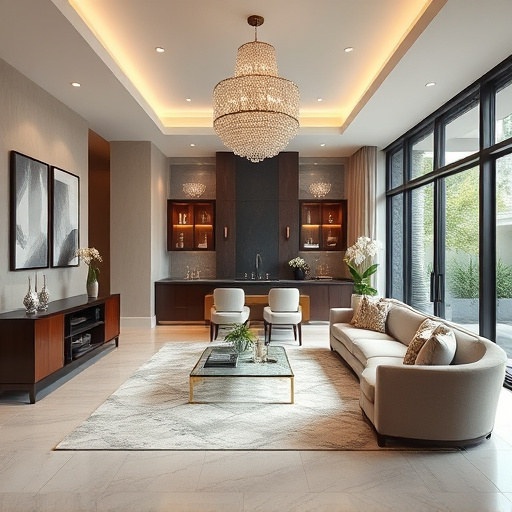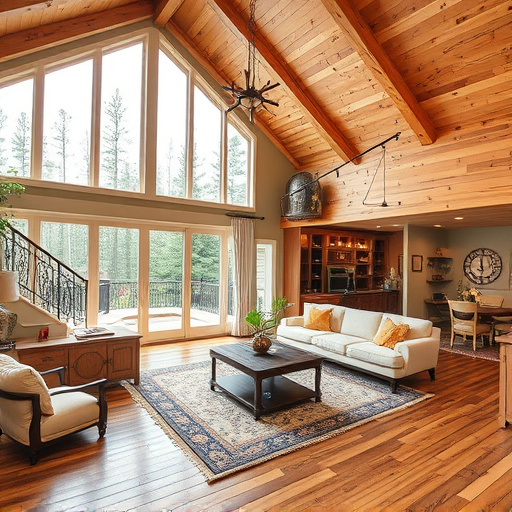Before hiring an interior designer, define your design aesthetic and create a mood board for inspiration. Reflect on your preferred spaces, gather visual references, and organize them into a board to communicate your vision effectively during consultations. Articulating goals and preferences ensures tailored renovation services aligned with your aspirations.
Effective communication with your interior designer is key to creating a space that truly reflects your style. Before you meet, take a deep dive into your personal design aesthetic, gathering inspiration and defining your goals. Create a mood board to visually express your preferences. Clearly articulate your desired look, color schemes, functionality, and budget. By doing so, you empower the designer to translate your vision into a stunning, personalized interior that meets your unique needs.
- Understand Your Personal Design Esthetique
- Gather Inspiration: Create a Mood Board
- Clearly Define Your Design Goals and Preferences
Understand Your Personal Design Esthetique
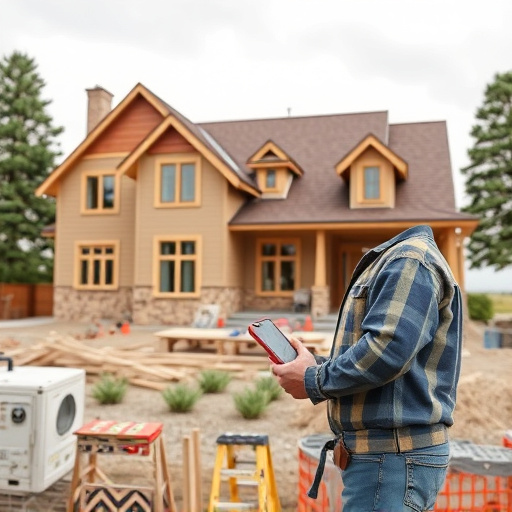
Before you start conversing with an interior designer, it’s crucial to have a clear understanding of your personal design aesthetic. This means reflecting on what types of spaces make you feel most at ease and inspired. Do you prefer the clean lines and minimalist look of modern design? Or do you gravitate towards the warm, inviting textures and rich colors of traditional aesthetics?
Knowing your preferences will help guide the designer in understanding the kind of home transformations or kitchen renovations that resonate with you. Whether it’s focusing on functional layout through floor replacements or emphasizing visual appeal, having a defined sense of style ensures the final result aligns with your personal vision and creates a space that feels both beautiful and comfortable.
Gather Inspiration: Create a Mood Board
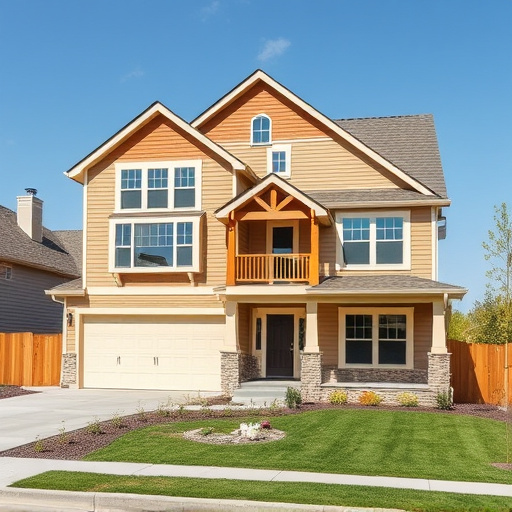
Before meeting with an interior designer, it’s essential to gather inspiration and visualise your desired style. One effective way to do this is by creating a mood board. Start by collecting images from magazines, online sources, or even from previous projects that speak to your taste. These can be anything from specific design elements like architectural details or furniture pieces to entire rooms or spaces that resonate with the look you’re aiming for.
Organise these visuals on a board, either physical or digital, and arrange them in a way that tells a story. This mood board will not only serve as a visual aid during your consultation but also help the interior designer understand your preferences, colours, textures, and overall aesthetics, making the collaboration process smoother for both parties, especially when discussing home additions like kitchen and bath renovations or other significant interior painting projects.
Clearly Define Your Design Goals and Preferences
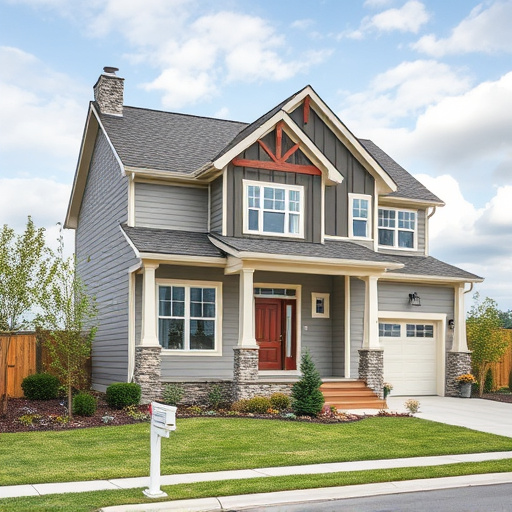
Before sitting down with an interior designer, it’s crucial to clearly define your design goals and preferences. Start by envisioning the spaces you want to transform—whether it’s a complete bathroom remodel or multiple room renovation services. Consider your lifestyle and how each room should function for you and your family. This will help guide the design process and ensure the final result aligns with your aspirations.
Take time to gather inspiration from magazines, online platforms, or even past projects that resonate with you. Define your aesthetic preferences, color schemes, and materials you love. By articulating these details, you’ll be able to communicate your vision effectively to your interior designer, fostering a collaborative environment that leads to exceptional renovation services tailored specifically for you.
When communicating your style to an interior designer, a clear understanding of your personal design aesthetic, well-curated mood board, and defined goals are powerful tools. These elements ensure that you and your designer speak the same language, leading to a harmonious collaboration. By following these steps, you’ll be well on your way to creating a space that reflects your unique taste and meets your needs—a true testament to successful interior design partnerships.
